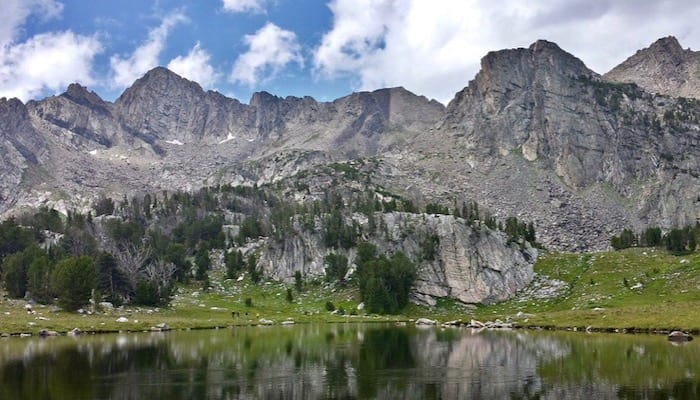Irrigating wounds in the wilderness
I’ve written here before about austere wound care, and one of the important comments I received was “irrigate with water clean enough to drink.” That’s a very valid point, as you don’t want to introduce new pathogens into the wound.
However, recommendations on irrigation volumes for serious wounds, ie open fractures or gunshot wounds, is to use roughly 10 liters of water for each wound. Not everyone wants to lug around 22 lbs of water just in case there is a serious wound, and heaven forbid there be multiple wounds, as is common in military operations. So these authors set out to investigate whether using field water to make one of the oldest irrigation solutions out there would be suitable. Dakin’s solution was developed in WWI by the Henry Dakin for the French, as a means to decrease wound infections for soldiers injured on the battlefield. It reduced deaths and amputations, and changed wound care from “leave it alone” to “clean it out” forever.
Back to the current study, they took field water from 5 sources, and cultured them for pathogens. Then they added enough bleach to make a 0.025% hypochlorite solution, and recultured the samples to observe if there was any effect. Certainly the treatment was effective, as they took water that had a mean pathogen concentration of 12.4×10^3 CFU/mL to zero pathogens. One of their treatment samples grew out bacillus, which was not present before treatment, so they chalked that one up to airborne contamination.
What this study demonstrates is, we can decrease what we carry from 10 liters of water per wound to 50 mL of household bleach, since that is all it takes to make the 0.025% solution. Of note, you could also drink this water safely, although the article does not mention that.
Cyr SJ, Hensley D, Benedetti GE. Treatment of field water with sodium hypochlorite for surgical irrigation. J Trauma. 2004 Aug;57(2):231-5. [PMID 15345966]
Further Reading
- Hensley J. Ants as sutures. EBM Gone Wild
- Hensley J. Wilderness wound pitfalls. EBM Gone Wild
- Hensley J. Wound closure on a budget. EBM Gone Wild
- Hensley J. Honey, I shrunk the wound. EBM Gone Wild

EBM Gone Wild
Wilderness Medicine
Emergency physician with interests in wilderness and prehospital medicine. Medical Director of the Texas State Aquarium, Padre Island National Seashore, Robstown EMS, and Code 3 ER | EBM gone Wild | @EBMGoneWild |
